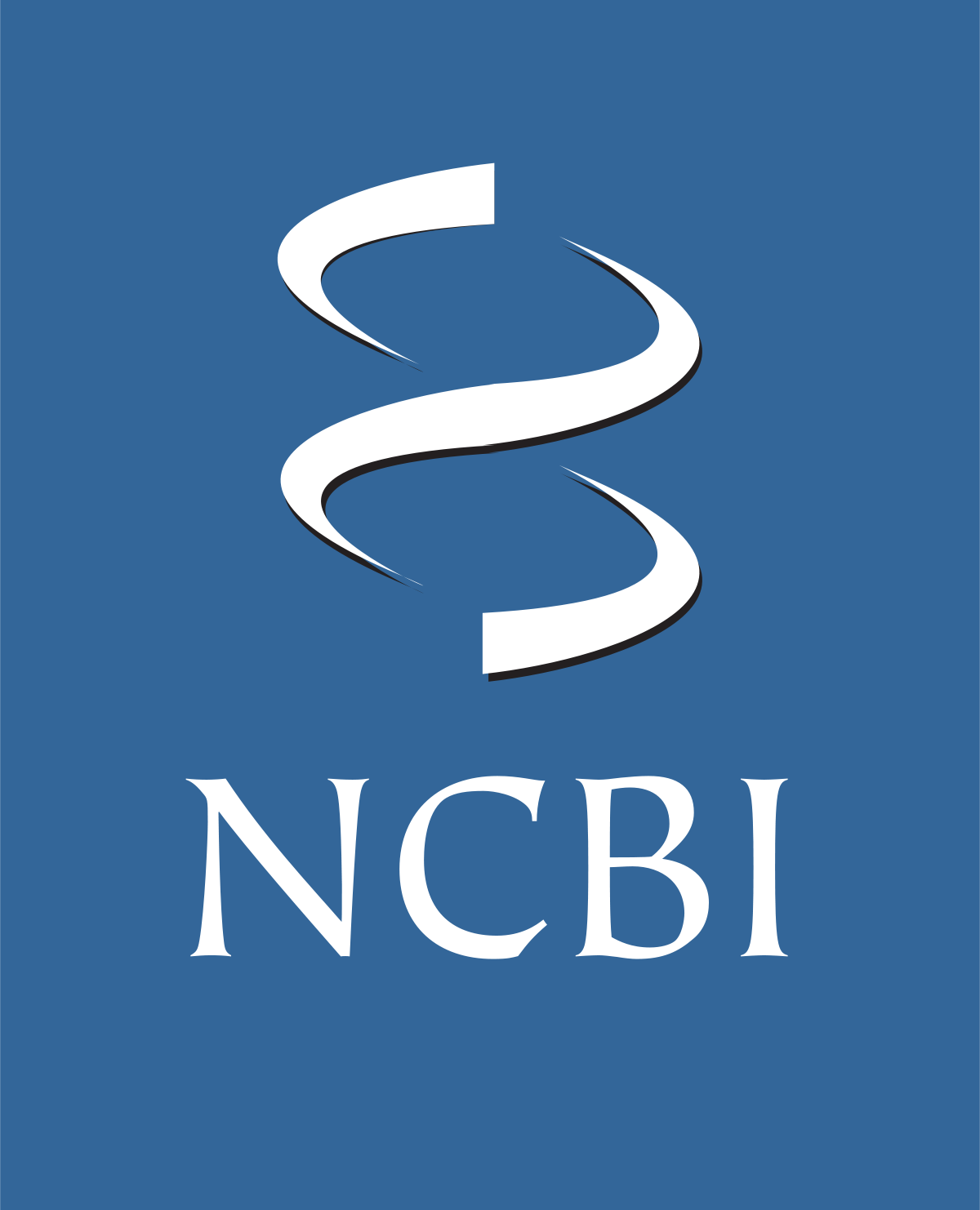Accession
MI0014181
Symbol
HGNC:
MIR3074
Description
Homo sapiens
hsa-mir-3074 precursor miRNA
Literature search
4 open access papers mention hsa-mir-3074
(7 sentences)
(7 sentences)
Sequence
463
reads,
6
reads per million, 39 experiments
gcucgacuccuGUUCCUGCUGAACUGAGCCAGuguguaaaaugagaacuGAUAUCAGCUCAGUAGGCACCGgagggcgggu
(((((.((((.((.((((((((.((((..((((.............))))...)))).)))))))).)).))))..)))))
(((((.((((.((.((((((((.((((..((((.............))))...)))).)))))))).)).))))..)))))
Structure
-a u U A -GC gugua
gcucg cucc GU CCUGCUGA CUGA CAGu a
||||| |||| || |||||||| |||| |||| a
ugggc gagG CA GGAUGACU GACU Guca a
gg C C C AUA agagu
Annotation confidence
Not enough data
Do you think this miRNA is real?
Genome context
chr9: 95086014-95086094 [-]
Clustered miRNAs
3 other miRNAs are < 10 kb from hsa-mir-3074
| Name | Accession | Chromosome | Start | End | Strand | Confidence |
|---|
Disease association
hsa-mir-3074 is associated with one or more human diseases in the Human microRNA Disease Database
| Disease | Description | Category | PubMed ID |
|---|
Mature hsa-miR-3074-3p
| Accession | MIMAT0015027 |
| Description | Homo sapiens hsa-miR-3074-3p mature miRNA |
| Sequence | 50 - GAUAUCAGCUCAGUAGGCACCG - 71 |
| Evidence |
experimental
Illumina [1-2] |
Mature hsa-miR-3074-5p
| Accession | MIMAT0019208 |
| Description | Homo sapiens hsa-miR-3074-5p mature miRNA |
| Sequence | 12 - GUUCCUGCUGAACUGAGCCAG - 32 |
| Evidence |
experimental
Illumina [2] |
| Database links |



|
| Predicted targets |



|
References
|



